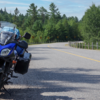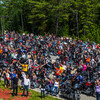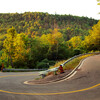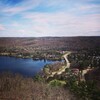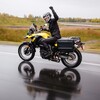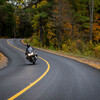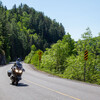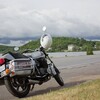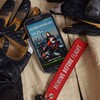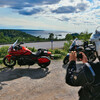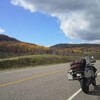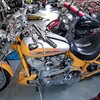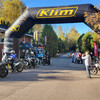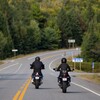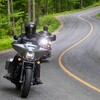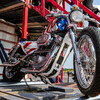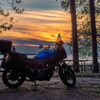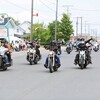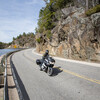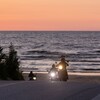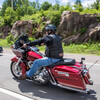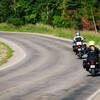
Spring Motorcycle Prep
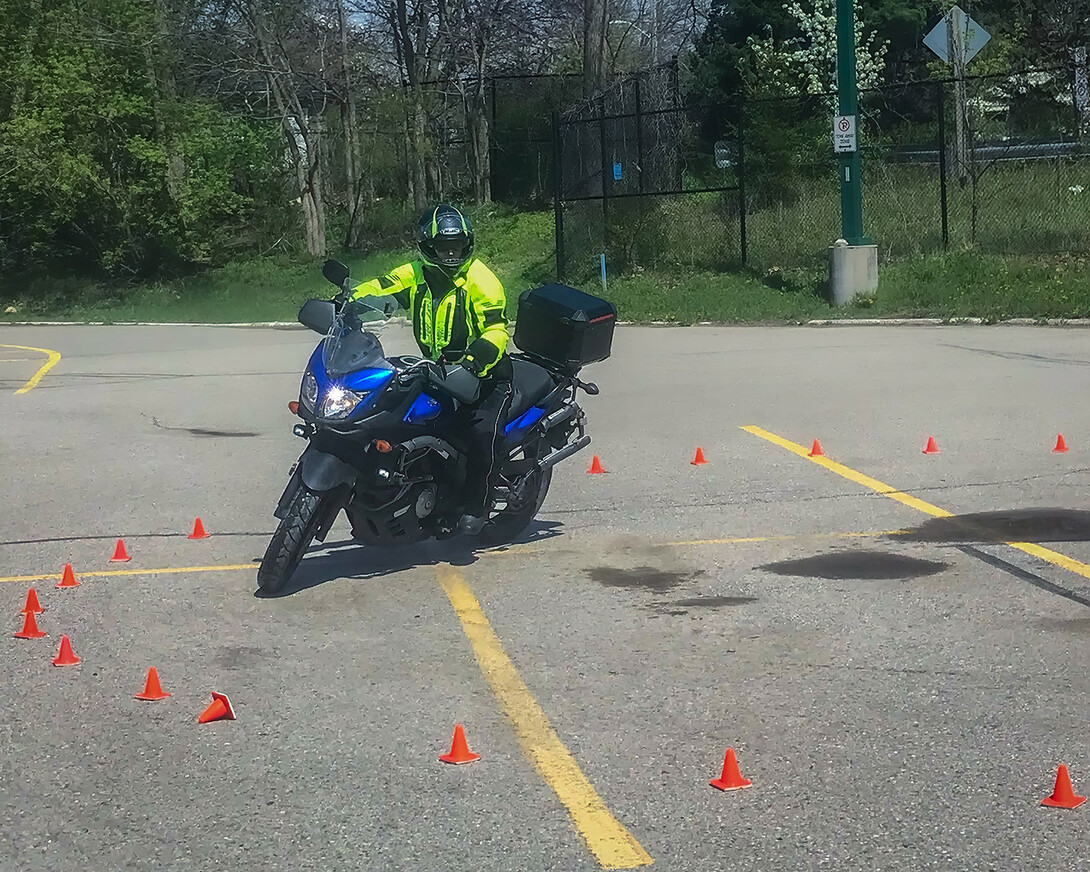
Motorcycle riding is about freedom. That includes freedom of choice: what bike we choose to ride, what gear we choose to wear, and how we choose to maintain our motorcycle. Each rider is responsible for their own choices. This includes how they get themselves and their bike ready for another touring season.
This isn’t about what you should do. It’s not definitive. Nor likely complete. Or necessarily right. It’s about what one touring rider does to prepare for his touring season. I hope there are some things you can take away and use. If not, that’s okay. Either way, I hope to see you out on the road sometime. Because that’s what it’s all about: freedom, wind through your hair (who says that, we’re all wearing helmets?) And exploring new places.
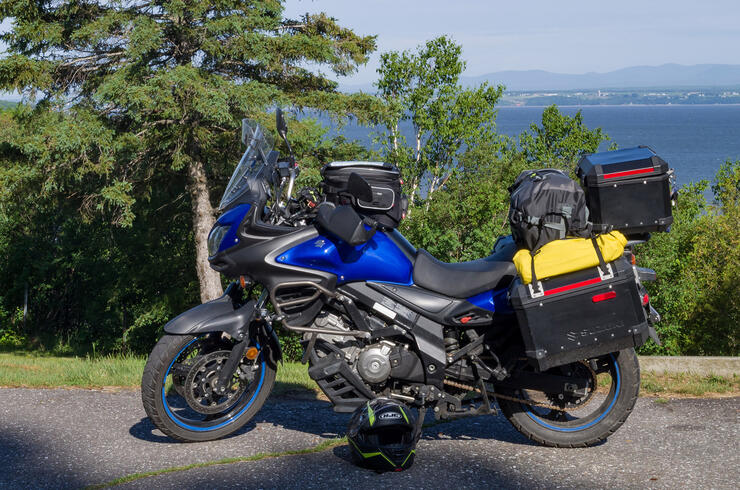
The 5 Elements of Moto-Touring Preparation
You might think that preparing for a new moto-touring season starts and stops with your motorcycle’s maintenance. For me, that’s just one element. My five elements of moto-touring preparation are:
- Motorcycle Maintenance
- Riding Gear Maintenance
- Rider Preparation
- Trip Planning
- Touring Kit Preparation
Motorcycle maintenance
Before I store my bike for the winter, I fill it with gas, add a fuel stabilizer, and do an oil and filter change. An autumn deep cleaning lets me carefully inspect the motorcycle. That way, needed repairs can be done over the winter. The battery comes out and goes on the tender. I grease all pivot points. I spray exposed parts with corrosion protectant oil. I plug the exhaust. I put my bike on the centre stand, let 10–15 psi out of the tires and put a board under my front tire to keep it off the concrete. Lastly, I cover it and lock it. At least, that’s what I remember. I follow the guidelines in my operator's manual. (Probably a smart practice.) Doing this in the fall makes it easy to get my bike ready in the spring.
In the spring, I start by re-cleaning my bike. This washes away the corrosion protectant oil and the dust attached to it and the chain. It allows me to easily re-inspect the bike. And, it gets me starting the new season with a shiny attention-grabbing moto-steed.
I also do some get-my-bike-out-of-storage maintenance checks that are defined by my bike’s manual. Most of these are included in what we all learned as the acronym T-CLOCS.
To get back on the road, there are some routine tasks I do before running through the T-CLOCS checklist. These include:
- re-install charged battery
- oil & filter change (if not done in the fall)
- clean chain, re-lube, and check chain tension
- lube/oil all pivot points
- check nuts and bolts are all tight. Loose ones tightened according to torque specs
- check handlebars go from lock to lock without interference
Then I run through the TCLOCS checklist:
T: tires (tire pressure, condition, tread depth), rims, wheels, brake pads
C: controls, levers, clutch and throttle free play
L: lights and electronics
O: (fluids) oil, coolant, brake fluid
C: chassis, check chain and chain tension
S: side stand and centre stand (make sure that they aren’t loose)
The manual also has a maintenance schedule that includes preventative maintenance checks and tasks. I check the bike’s mileage and maintenance log to see if any maintenance tasks are due. (E.g., change the air filter, change coolant, check valve clearances, etc.)
A part of your gear that isn’t part of your bike’s maintenance, per se, is your bike’s maintenance supplies and tool kit. Make sure that all of the tools are still there. Make sure you have zip ties, electrical tape, and a little trick I learned, a pen wrapped with some duct tape for special repairs. A tire inflator, chain cleaner, chain lube, a tire repair kit, extra rags, a tire pressure gauge, and a small tape measure, which I use to check chain tension is also in my kit. I also carry a first aid kit. I may have missed some things, but you get the idea. Ensure your onboard repair and first aid kits are in good order and supplied.
Once I’ve run through this routine, I’m almost ready to ride.
Riding gear maintenance
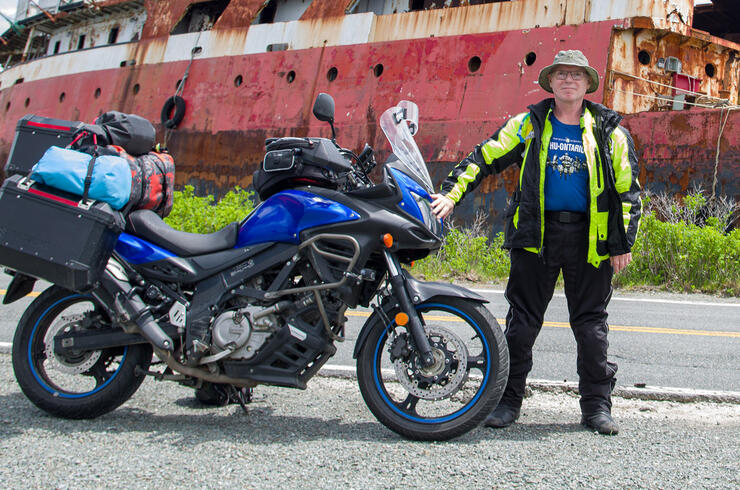
When I ride, I wear all the gear all of the time (ATGATT). Riding with good riding gear helps to protect you in the event of a crash. Again, this is a personal choice. Before I jump on my bike, I check my gear. Are there any loose threads or opening seams? Does it still fit properly? This especially applies to your helmet. Do you remember when you bought your helmet, and the salesperson tugged it this way and that to make sure that it was not too big? I do the same thing with my helmet each year to make sure it still fits. Because it was scratched, last year I bought a new visor which gave me better visibility, especially riding at night. This year I’m changing my cheek pads and helmet liner. And, of course, helmets don’t last forever so decide, based on when you bought it, whether it’s time for a new one.
Besides routine maintenance like cleaning, another part of your gear that needs special attention may be your rain gear. Most rain gear can be washed in a special detergent specially made for waterproof gear. (Check with the manufacturer.) You can then re-waterproof the seams and overall surface of your jacket and pants. The time to find out that it’s not still waterproof is not when it’s 10º C and pouring rain.
Rider preparation (maybe most important of all)
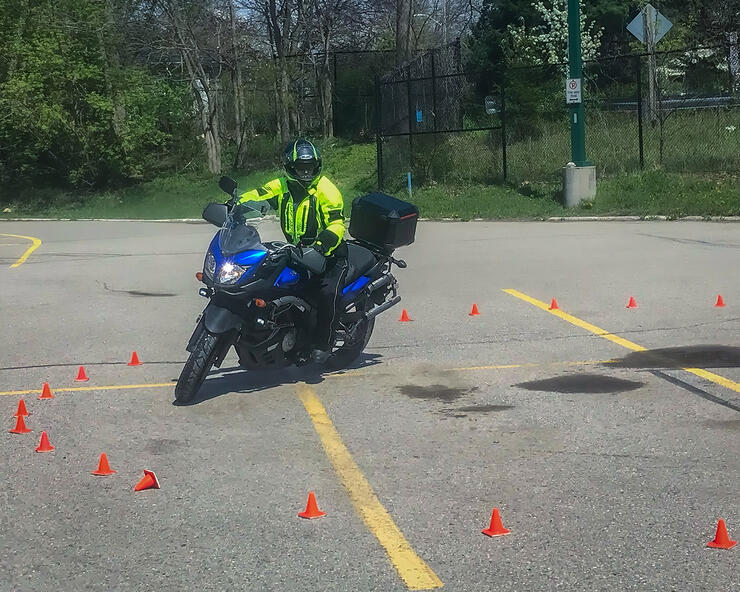
An often overlooked step to getting back on the road is getting yourself ready. I take my lead from a 2016 document detailing the Operational Guidelines and Standardized Training Recommendations for police motor officers in California. It states, “The proficient operation of a… motorcycle is a perishable skill. Motorcycle personnel should receive regularly scheduled training to maintain and improve individual skill competence….” Now, remember, in California, they don’t have a non-riding season. They ride 24/7/365. Yet, they still consider motorcycle skills as perishable. Police riders get tested on their skills every year. And they ride every day.
In Ontario, we may be off our bikes for anywhere between three and six months. Even if we are highly skilled riders, like California Motor Officers, we need to refresh our riding skills.
I remember hearing a famous jazz musician on the radio say, “If I don’t practice for one day, I notice. If I don’t practice for two days, my band notices. And if I don’t practice for three days, the audience notices.” In the summer, if I haven’t ridden for one day, I notice. If I’ve been off my bike for a couple of months, my skills are going to suffer. It’s a personal choice, but that’s why I head out to the parking lot for some early-in-the-season practice.
Here are some exercises I do to help tune-up my riding skills. If you don’t know what they are, you can Google them.
- Emergency stops starting at 30 km/h and increasing by 10 km/h increments to 80+ km/h
- Practicing u-turns from a stop (both ways)
- Increasingly tighter u-turns
- Pattern exercises like the keyhole and the intersection
- Slow riding practice
- Offset cone weave
- Figure eights in an increasingly smaller box
On the way home from one such parking lot practice, I had quite an epiphany. It felt like my bike lost about one hundred pounds. I thought I was riding well on my way to the parking lot. But, after doing increasingly more difficult drills for close to three hours, I felt like a completely new rider. The bike felt lighter and more flickable. I felt more in control, and the bike seemed much more like an extension of me. The difference was night and day. I'm sure I was in a much better position to avoid a problem going home than I was on my way up. The scary thing is realizing that I was oblivious that my skills had diminished so much. Personal choice prevails, but that is why I do what is necessary to ensure I am at the top of my game while I ride.
Early season riding also comes with its perils. Roads are left with sand, gravel, and salt. Potholes and broken pavement are common. And, maybe most important, car drivers are not used to seeing motorcyclists. We need to be hyper-alert to the environment, whether it’s the road or other drivers.
Over the winter, I read some of my motorcycling books and watched YouTube videos by accredited instructors. It kept my mind in the game—thinking about motorcycling.
Another aspect of getting myself ready is getting myself back into physical shape. Better fitness results in better stamina. You are better able to handle extreme roads, extreme conditions, and longer days when you’re in better shape.
I also increase the length of my riding days gradually so they will match what I would cover on a riding tour. Your first eight-hour riding day shouldn’t be the first day of your trip, nor should it be the first day of the season.
Trip planning
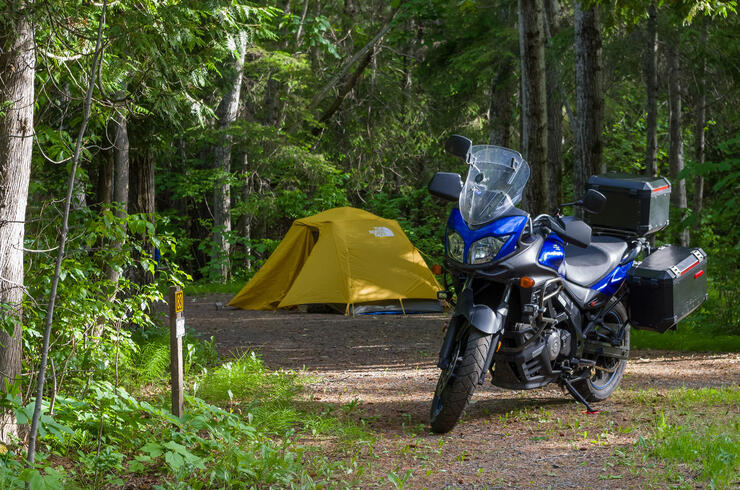
Once I’m back on the road and up to speed, I start to think about where I’d like to ride. If you’re more organized than I am you might do this during the winter. Here are some things I do.
- Decide where I’d like to go.
- Research sights to see along the way.
- Decide on the best places to stay/camp (I base this on photo opportunities. I like to be, at dawn and dusk, where I can take great photos.)
- Make reservations if necessary.
- Research festivals and special events. To participate in or to avoid.
Checking out the laws regarding motorcycling along your route can keep you out of trouble with the locals. Is lane splitting allowed? Can you turn right on a red light? Are auxiliary lights legal? (A little research online, and I found this passage: “Most states have… laws relating to…the use of accent lighting and other… motorcycle alterations…. Because the laws…vary… by state, riders…should… check under the unlawful vehicle modification laws of… [the] specific state [or states they are travelling through] to elude potential penalties.”) Are there helmet laws? What do riders online say about speeding limits in any specific area? Some areas are lax in enforcement. Some are very strict. Etc.
Checking the weather conditions along your route is also important. Even in summer, if you are riding in the mountains the temperature can swing a lot. You need to be ready for whatever you come across, both while you’re riding, and while you’re staying overnight.
Touring kit preparation
And, of course, you have to check your touring kit.
- Does your tent need to be waterproofed? Or the seams sealed?
- Check your touring supplies. E.g., camping fuel.
- Update Garmin maps.
- Check auxiliary power outlets on your motorcycle.
- Check heated grips.
- Write/go online to provincial or state tourist boards for tourist brochures and maps (almost always free).
- Create a packing list so you can order anything you will need well in advance.
Getting my bike out of mothballs and planning my year’s trips is very exciting. With a little preparation, I can get back out there in a trouble-free and safe manner, so I can enjoy another season of touring pleasure.
See y’all out there. Happy riding.
Recommended Articles

Bucket List Motorcycling in Ontario, Canada 2026

Ontario's Best Twisties: Five Roads to Get Your Lean On

The Big Belly Tour—A Complete List of Ontario's BBQ Joints
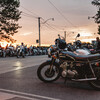
It's Bike Night in Ontario 2024

Ontario's Top Twisties
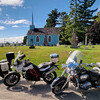
Have You Ridden Canada's OG Highway? Here's Why Every Rider Needs to Hit Up Historic Highway 2
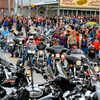
23 Amazing Photos That Prove PD13 Is Still The Best Motorcycle Event Ever

Motorcycle Swap Meets in Ontario—The Complete List for 2025

And a Vespa shall lead them all...
